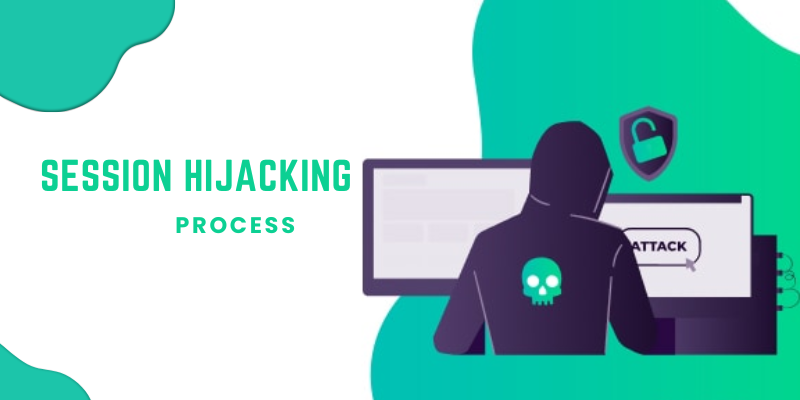
Finding a target user is the first step in the session hijack attack. Before launching an attack, hackers search for two things: first, highly utilized networks. These networks allow hackers to stay anonymous and offer a large pool of users from which to choose, which further helps in the attack. Second, the inherent insecurity of protocols like file transfer protocol, remote login, and Telnet makes users who use them easy targets. Network traffic can be noticed using packet sniffing software to find vulnerable protocols such as Telnet, FTP, and rlogin. Moreover, servers with open FTP, Telnet, or rlogin ports can be found using port scanning software. This blog will explore the steps of the session Hijacking process. If you want to explore more about this, Join the Ethical Hacking Course in Chennai and become an expert.
The Followings are the Steps of the Session Hijacking Process:
Sniffing into Active Session
During an ongoing session, the attacker then positions himself in the way of the target and another machine. He attempts to obtain information about the session by capturing the traffic and using a sniffer like Wireshark.
Monitor
Next, he scans the traffic for legitimate authentication packets passing through while looking for vulnerable protocols like HTTP, Telnet, rlogin, etc.
Session Id Retrieval
The attacker uses the information to attempt to predict the session id. Sequence number prediction is the next stage of the session hijacking process after selecting a target. Correctly predicting sequence numbers is essential because failure to do so may lead to the server sending reset packets, terminating the connection attempt. The probability of identifying the attack rises if the attacker consistently makes incorrect sequence number guesses.
Stealing
Active attacks are used in application-level hijacking to obtain the session ID. The session ID can be taken through sniffing, cross-site scripting, and man-in-the-middle attacks.
Brute Forcing
This procedure takes a lot of time.
Although proficient attackers can perform sequencing number guessing manually, software tools are available to automate the process. Join the Ethical Hacking Online Course and learn the essential skills, tools, and techniques from industry experts to responsibly safeguard digital systems and networks.
Take One of the Parties Offline
One of the targets must be silenced after a session has been selected, and the sequence numbers have been predicted. Usually, a denial of service attack is used for this. For the duration of the attack, the attacker must ensure the client’s computer stays offline. If it does not, it will send data over the network, forcing the workstation and server to keep trying to synchronize their connections, leading to an ACK storm.
Take over the Session and Maintain the Connection
Taking control of the workstation-server communication session is the last stage of the session hijack attack. The attacker will spoof their client’s IP address to evade detection and use an earlier-predicted sequence number. The attacker has successfully breached the communication session if the server accepts this data.
A serious threat to user privacy and the safety of online systems is session hijacking. The strategies used by attackers also evolve with technology. To guard against session hijacking and other cyber threats, developers, system administrators, and users must remain current on the newest security protocols and industry best practices. By comprehending the procedures that lead to session hijacking, we can strengthen our defences against these nefarious endeavours and guarantee a safer online environment. Enroll in Ethical Hacking courses at the leading Training Institute in Chennai to gain the knowledge and skills to become a professional Ethical Hacker.
Read also: Ethical Hacking Interview Questions and Answers
